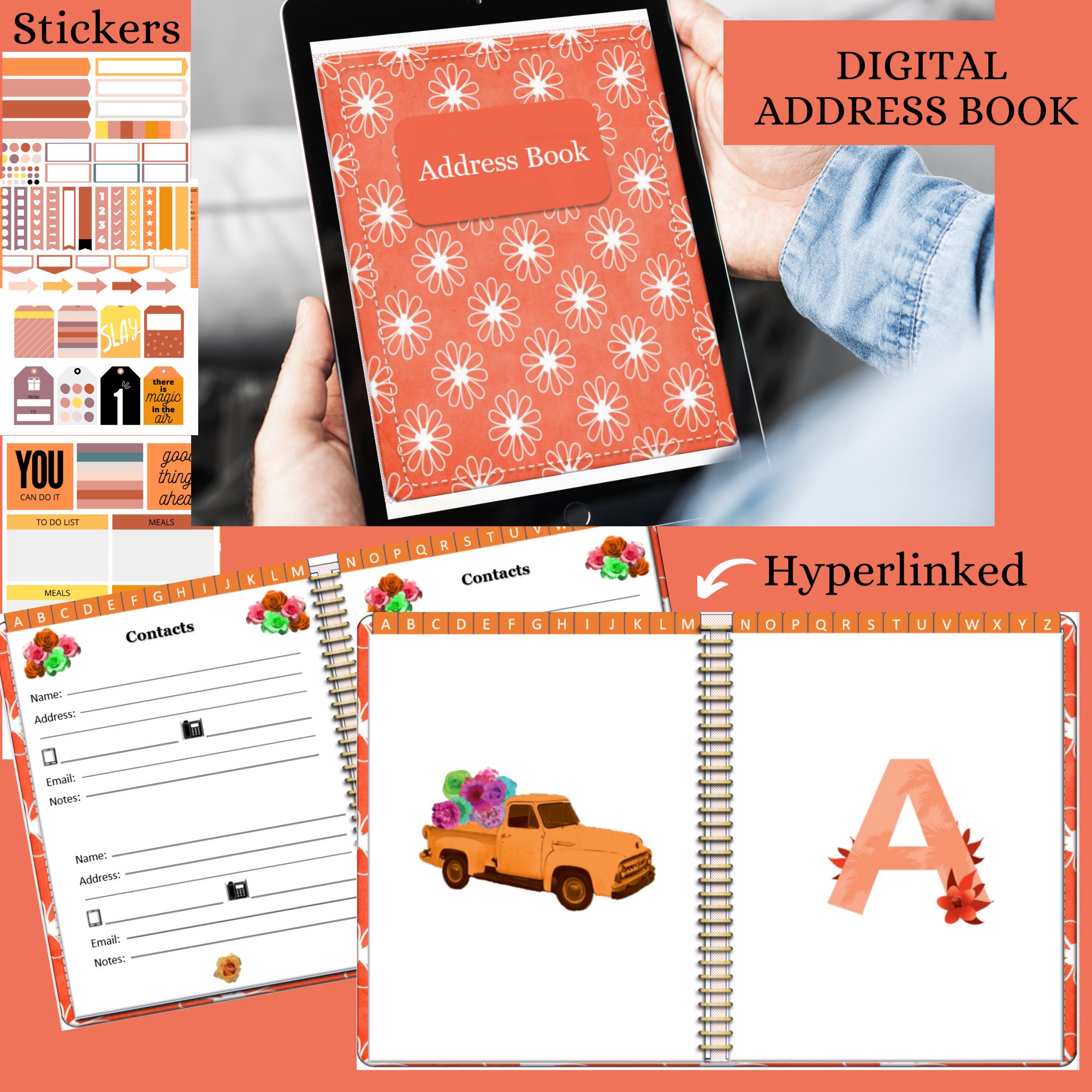

That way, we know our phonebook won’t feel as if its life was wasted, and that we are also doing something good for the Earth.Īnother way to not waste the paper used to produce phonebooks is to reuse them. However, we certainly make sure that we recycle every single phonebook that we roll our eyes at. No one in my household even bothers to do much more with a phonebook besides roll their eyes at it when we see it on our doorstep. Recycling is imperative to keep our earth clean. But wait! Did you know that phone books are made of paper, and that paper is recyclable? If you do the math only 117,000 of those tons are recycled each year. On Average, Americans only recycle about 18% of recyclable material. Imagine then how often phonebooks are thrown in the trash and wasted! According to, every year there are 650,000 tons of phone books that are handed out in the United States. Now more than ever people are concerned with the environmental impact that printed phonebooks have on the Earth. Soon, the phonebook became a nuisance that arrived on people’s doorsteps year after year. The use of paper phonebooks is decreasing while usage of internet directories is increasing. And then things moved very fast for those two. The telephone then changed itself and turned to the phonebook’s worst enemy, the internet. The invention of the internet changed the way not only how people looked at phones but also how they gathered their information.

In 1996, the United States started seeing some of their first online telephone directories ( and ). The phonebook and the telephone were content with each other until the rise of the internet. According to, on average American used the phone book 1.86 times per week, and over 50% of the American population used the telephone directory EVERY DAY. The paper phonebook and telephone were still going strong. The telephone and the phonebook became like two peas in a pod, and you couldn’t have one without the other.įlash forward to the 1980’s.

In 1886, the first official Yellow Pages were created in Wyoming, and by 1921, Yellow Pages had spread rapidly to areas such as New York and Wisconsin. The popularity and accessibility of the phonebook ascended along with it. After a few decades, the telephone became more popular and far more accessible. Not the most efficient piece of cardboard, but a good start.
#DIGITAL CONTACT BOOK PROFESSIONAL#
It wasn’t as professional looking like the phone books we receive on our doorstep now, but it was far more important.Īccording to, in 1878 the first phone book was published which included only fifty listings and actually had no numbers. Soon after the telephone was patented, naturally the first phonebook was created. On March 10th of that year, the telephone was patented by Alexander Graham Bell. On the contrary, there is an interesting history behind the paper phonebook as well as valuable reason to why it is still created, year after year.Īnd it all started in the year of 1876. However, that is not an accurate reflection of the phonebook. With the constant innovation of technology, paper phonebooks may seem boring and an item from the past. The number one reason the phone book doesn't work for most people is the birth of the cell phone.Įvery year, more people cut over from land line to cell phone, making the phone book more obsolete and digital directories more relevant.Īdditionally, the internet has become the new way for businesses to advertise and sell their products as well as to people search.


 0 kommentar(er)
0 kommentar(er)
